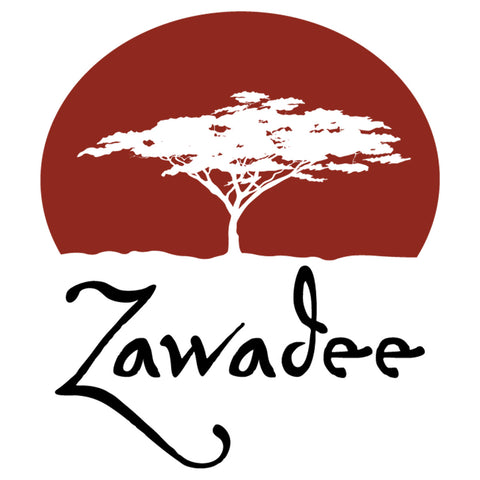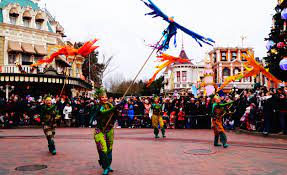The Magnificent Serengeti Migration: African Wildlife
Commonly referred to as one of the great wonders of the world, the migration of African wildlife over the Serengeti is one of the most beautiful things to see in Africa.

The Serengeti wildebeest migration is a movement of vast numbers. The wildebeest are accompanied by large numbers of zebra, gazelle, eland and impala along their journey. The groups of animals move in a similar pattern throughout the year, making it a continual process as they are constantly looking for fresh land to graze and high quality water sources.
Zebras are African equids, related to the horse family. Their distinctive black and white coats come in different patterns unique to each individual zebra. Zebras are a social herd animal but, unlike their close relatives - horses and donkeys - have never been domesticated.

Wildlife is frequently the subject of African artwork and crafts, as in these lovely
The Wildebeest Migration: An Animation
We think you'll enjoy this great animated representation of the migration patterns of the Wildebeest by Go2Africa Safaris. If you have an interest in Africa (and safaris!) subscribe to the Go2Africa YouTube channel. Lots of great videos and top notch information.
The Wildebeest Migration by the Numbers
- 1.4 million wildebeest, 200,000 zebra and 350,000 gazelle migrate in a clockwise fashion.
- The migrating wildlife travel 1,800 miles each year in search of rain-ripened grass.
- Wildebeest calving occurs late January through mid-March when over 80% of the female wildebeest give birth over a period of a few weeks. An estimated 400,000 wildebeest calves are born during this period.
Migration Is Dynamic and Different Each Year
One of the common assumptions about the migration patterns of the Serengeti is they follow a circular route and are always moving forward. This is not the case. Migration patterns are not always a continuously forward motion in the same direction. Directions and patterns change frequently, something that makes seeing the migration in person somewhat of a challenge. According to Ultimate Africa Safaris, “They go forward, backwards, and to the sides; they mill around, they split up, they join forces again, they walk in a line, they spread out, or they hang around together. You can never predict with certainty where they will be; the best you can do is suggest likely timing based on past experience. You can never guarantee the Migration one hundred percent.”
This adds to the allure of the migration. It’s a dynamic process, and no two years are ever the same. National Geographic has produced a wonderful video which explains The Serengeti Migration beautifully. “In reality, there is no such single entity as ‘the migration.’ The wildebeest are the migration – there is neither start nor finish to their endless search for food and water, as they circle the Serengeti-Mara ecosystem in a relentless sequence of life and death. The only beginning is the moment of birth” says acclaimed East African author and photographer, Jonathan Scott.
Predatory Threats
The migratory animals do not go unchallenged during the migration. There is no shortage of African carnivores that eagerly anticipate the presence of wildebeest. Predators such as lions, cheetahs, leopards, hyenas and many others eagerly await the migration each year.
Phases of the Wildebeest Serengeti Migration
There are four main phases of the wildebeest Serengeti migration:- Phase 1 (February – March) This is the birthing period, with all pregnant mothers giving birth over a few weeks’ period.
- Phase 2 (April – June) The wildebeest head west toward the bush land of Grumeti Reserve.
- Phase 3 (July – September) The wildebeest head north toward Maasai Mara in Kenya to open plains.
- Phase 4 (October – January) The wildebeest head back south slowly toward the birthing area to start the cycle over again.











